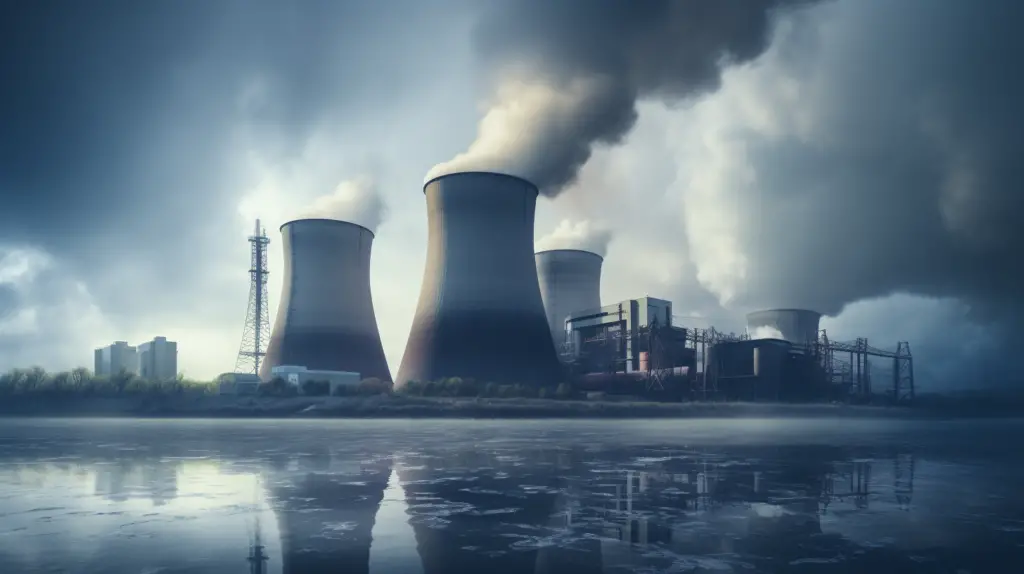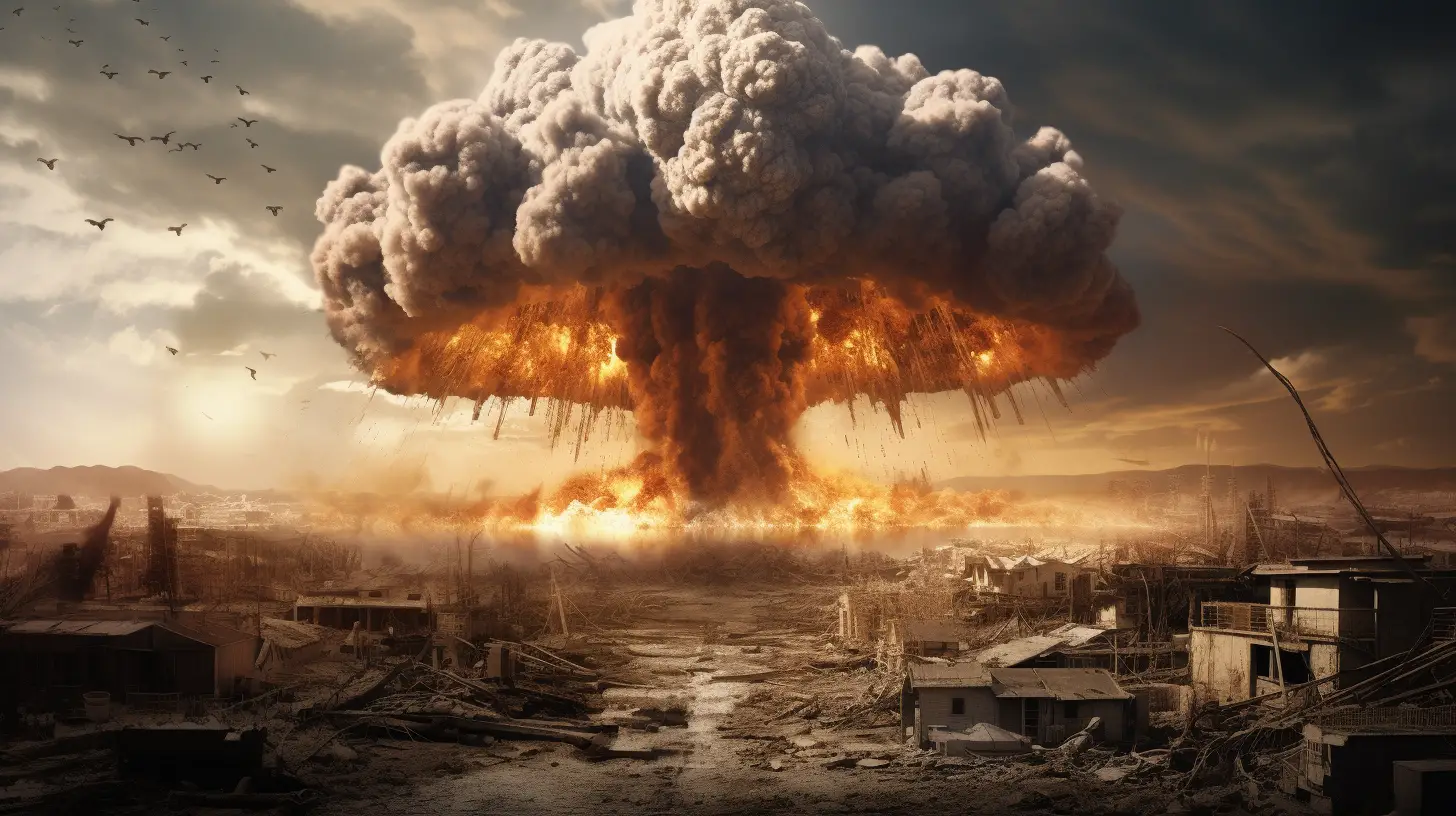Nuclear power plants are one of the key players in the global energy industry. They are complex and interesting, having a history steeped in innovation, controversy, and scientific breakthroughs. Nuclear power plants are a crucial solution to the world’s ever-growing energy demands, and understanding them can be a fascinating journey.

In this article, we’re going to delve into 25 interesting facts about nuclear power plants, formidable feats of human ingenuity and technological prowess.
- Inception of Nuclear Power: The first-ever nuclear power plant was built in the Soviet Union in 1954 at Obninsk. It had a power capacity of just 5 megawatts.
- First Commercial Nuclear Power Plant: The United States commissioned the first-ever commercial nuclear power plant in 1958, located in Shippingport, Pennsylvania.
- Nuclear Power as a Global Phenomenon: As of my knowledge cutoff in September 2021, there were around 440 operational nuclear reactors in 30 countries worldwide.
- Power Production: Nuclear power plants produced approximately 10% of the world’s electricity supply by 2021.
- The Energy Dense Fuel: One uranium fuel pellet, which is about the size of a fingertip, can generate as much energy as 150 gallons of oil.
- Low Greenhouse Gas Emissions: Nuclear power plants emit virtually no carbon dioxide while producing electricity. They contribute less to global warming compared to fossil fuel power plants.
- Long Operating Life: Nuclear power plants are designed to operate for 40-60 years, but many plants have extended their operating life beyond 60 years.
- Uranium as Fuel: Uranium-235, which makes up less than 1% of all natural uranium, is the isotope most commonly used to produce nuclear energy.
- Plutonium Generation: During operation, nuclear reactors also produce plutonium-239, which can be reprocessed and used as fuel.
- The Power of a Nuclear Reactor: A typical nuclear reactor produces 1 gigawatt of electricity, enough to power around 700,000 homes.
READ MORE: Understanding the 3 Main Forms of Radiation from an Atomic Bomb: Alpha, Beta, and Gamma - Nuclear Waste Management: High-level nuclear waste, a byproduct of nuclear power generation, remains radioactive for thousands of years. Long-term storage solutions are still a matter of scientific research and political debate.
- Water Usage: Nuclear power plants use large amounts of water for cooling. On average, a nuclear power plant uses 720 gallons of water per MWh of electricity produced.
- Largest Nuclear Power Plant: The largest nuclear power plant in the world is the Kashiwazaki-Kariwa plant in Japan with a total output capacity of 7.96 GW.
- Nuclear Fusion: Unlike the nuclear fission that powers current reactors, nuclear fusion – the process that powers the sun, could potentially provide an unlimited and clean source of energy. Fusion power remains a major focus of research as of 2021.
- Safety Measures: Modern nuclear power plants are designed with numerous safety systems to prevent radiation leakage and nuclear meltdowns. These include containment structures, redundant cooling systems, and emergency core cooling systems.
- Chernobyl and Fukushima: Two of the most known nuclear accidents are the Chernobyl disaster in 1986 and the Fukushima Daiichi nuclear disaster in 2011.
- The Power of Thorium: Some experts suggest thorium as an alternative nuclear fuel due to its abundance, superior safety characteristics, and reduced nuclear waste output.
- Radioactive Diamonds: Researchers at the University of Bristol have created a diamond battery that operates on the radioactive decay of waste graphite blocks, a byproduct of nuclear reactors.
- Nuclear Powered Spacecraft: NASA uses radioisotope thermoelectric generators (RTGs) that use heat from the decay of plutonium-238 to generate electrical power for spacecraft, like the Voyager probes and the Mars rovers.
READ MORE: 25 Interesting Facts about the Atomic Age, aka the Nuclear Age - Nuclear Desalination: Some countries are exploring the use of nuclear energy for desalination, leveraging the excess heat generated by reactors to purify seawater.
- Small Modular Reactors (SMRs): SMRs are a newer development in nuclear technology. They are smaller, manufactured off-site, and claim to offer enhanced safety features.
- Slow Decommissioning: Decommissioning a nuclear power plant is a long process that can take up to 50 years or more.
- Cost of Nuclear Power: The cost of nuclear power is not just in the construction and operation of the plant, but also in the management of radioactive waste and decommissioning of the plant after its operational life.
- Nuclear Power in France: France is the country most reliant on nuclear power, which provided nearly 70% of its electricity in 2021.
- The Future of Nuclear Power: As of 2021, more than 50 reactors were under construction worldwide, mainly in China, India, and Russia, showing a continued investment in nuclear energy for the foreseeable future.
READ MORE: 25 Interesting Facts About the Concept of “Nuclear Deterrence”
Nuclear power plants are a crucial part of the world’s energy infrastructure. As we continue to strive for cleaner, more efficient ways of generating electricity, these power plants will undoubtedly remain a key player. The world of nuclear power is filled with a surprising amount of history, science, and potential, making it a truly intriguing subject.

